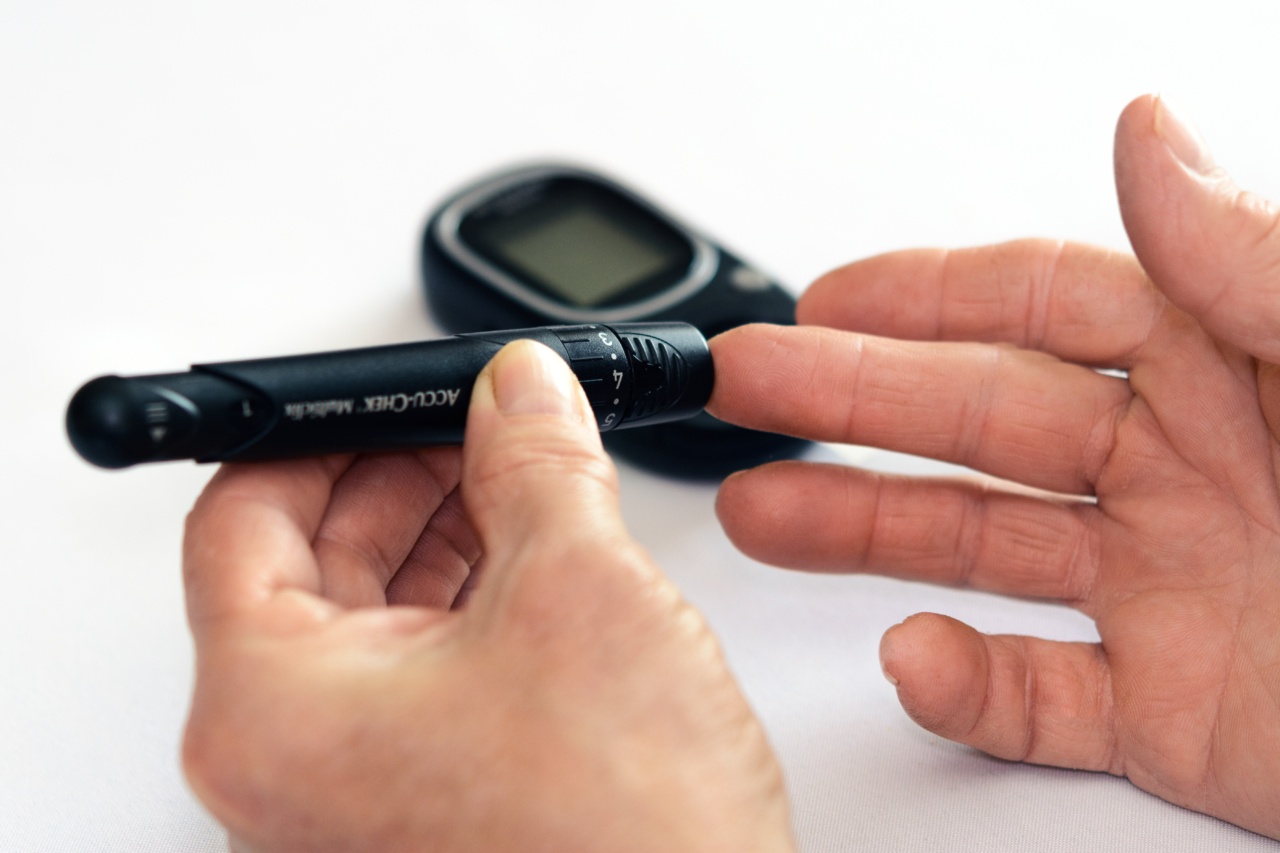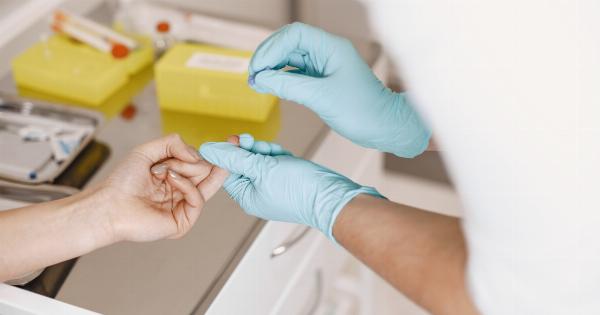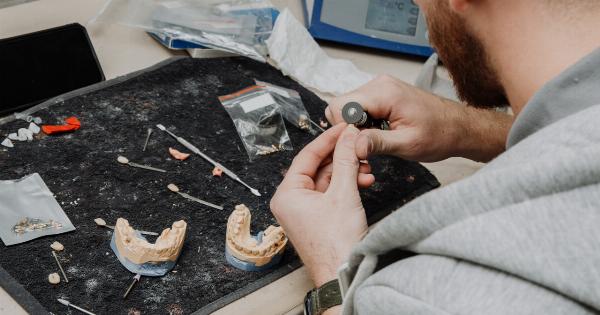Diabetes has been a growing concern in the medical world, with the prevalence of the disease skyrocketing in the past few decades.
According to the World Health Organization (WHO), diabetes is one of the leading causes of death in the world, with approximately 1.6 million deaths directly attributed to diabetes in 2016 alone.
One of the main causes of diabetes is the consumption of sugar. Sugar is an essential part of our diet, but consuming too much of it can lead to an increase in blood sugar levels, which can lead to diabetes over time.
As a result, people with diabetes are often advised to reduce their sugar intake, which can be a challenging task in today’s world, where sugar is present in almost every food item.
In recent years, there has been considerable research in the field of endoscopy, which has led to the development of a new tool that could regulate sugar levels and help people with diabetes lead a healthier life.
What is Endoscopy?
Endoscopy is a medical procedure that involves using a flexible tube with a camera and light at the end to examine the internal organs or cavities of the body. The procedure is typically performed to diagnose or treat various medical conditions.
Endoscopy has been in use for several decades and has been used to diagnose and treat a variety of conditions, including gastrointestinal disorders, cancer, and respiratory problems, among others.
However, recent developments in the field of endoscopy have led to the creation of new tools that could have a significant impact on the treatment of diabetes.
The Endoscopic Duodenal Mucosal Resurfacing (DMR) Technique
The Endoscopic Duodenal Mucosal Resurfacing (DMR) technique is a new tool that has been developed to regulate sugar levels and help people with diabetes lead a healthier life.
The technique involves using an endoscope to access the duodenum, which is part of the small intestine, and applying heat to the lining of the intestine.
The heat applied to the lining of the intestine causes a controlled injury to the cells, which in turn stimulates the regeneration of healthy cells.
The regeneration of healthy cells leads to an improvement in the way the body processes sugar, which can help regulate blood sugar levels in people with diabetes.
The Endoscopic DMR technique is a minimally invasive procedure that takes approximately 60 minutes to complete. The procedure does not require any incisions or sutures, and patients can typically return home the same day.
Benefits of the Endoscopic DMR Technique
The Endoscopic DMR technique has several benefits for people with diabetes, including:.
- Regulation of blood sugar levels – The Endoscopic DMR technique has been shown to improve the way the body processes sugar, which can help regulate blood sugar levels in people with diabetes.
- Minimally invasive – The procedure does not require any incisions or sutures, which makes it a minimally invasive option for people with diabetes.
- No need for medication – The Endoscopic DMR technique can be effective in regulating blood sugar levels without the need for medication.
- Improved quality of life – The Endoscopic DMR technique can help people with diabetes lead a healthier life by regulating their blood sugar levels and reducing the need for medication.
Limitations of the Endoscopic DMR Technique
While the Endoscopic DMR technique has several benefits, there are also some limitations to the procedure. These limitations include:.
- Effectiveness – The Endoscopic DMR technique is a relatively new procedure, and its long-term effectiveness is still being studied.
- Candidacy – The Endoscopic DMR technique is currently only approved for use in patients with type 2 diabetes who are overweight or obese.
- Cost – The Endoscopic DMR technique may not be covered by all insurance plans, and the out-of-pocket cost can be significant.
Conclusion
The Endoscopic DMR technique is a promising new tool that could help regulate blood sugar levels in people with diabetes.
While the procedure is still relatively new, it has already shown significant promise in clinical trials, and its effectiveness is still being studied over the long term.
The Endoscopic DMR technique is a minimally invasive procedure that does not require any incisions or sutures, which makes it a promising option for people with diabetes who are looking for a non-invasive way to regulate their blood sugar levels.
Overall, the Endoscopic DMR technique is a significant development in the field of endoscopy and has the potential to significantly improve the lives of people with diabetes.



























